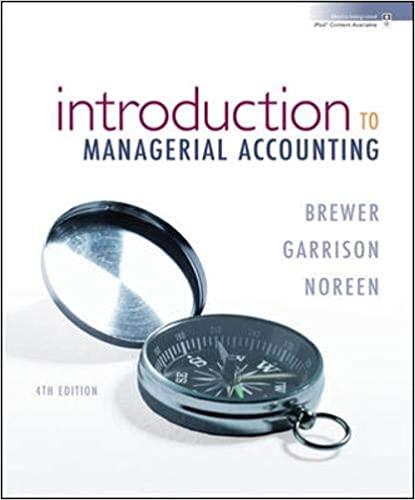Audit evidence Q7

THEI Ltd is a retailer of clothing and accessories. It operates in many Asian countries and has expanded steadily from its base in Hong Kong. The company has a year end of 31 December 200. In the past, the company has ordered its clothing and accessories in bulk twice a year. From experience, slow-moving goods and obsolete goods would be written off if these goods failed to meet the key fashion trends. The company has recently adopted a just in time ordering system. The fashion purchasers make an assessment one year in advance as to what the key trends are likely to be. The following describes the purchasing cycle of THEl: Ordering process The purchasing manager from each country decides on the initial inventory levels for each store, without consulting the sales manager or store managers. All the orders are communicated to the central buying department at the head office in Hong Kong. An ordering clerk consolidates all the orders and passes them to the purchasing director to review and authorise. When the inventories are required to be re-ordered, it is the store manager's responsibility to reorder the goods through the purchasing manager; they are prompted weekly to review inventory levels as although the goods are just in time, it can still take up to at least five weeks for goods to be received in store. All orders must be made through the purchasing manager. The store managers cannot place orders independently. There is no centralised inventory system enabling individual stores to check the availability of an item at other locations. Customers who require a specific item of clothing which is not available in a particular store, have to contact other branches themselves or search through the THEl's main website. Goods received and Invoicing Goods received are delivered directly from the suppliers to the individual stores. Upon receiving the goods, the quantities are checked by the shop's sales assistant against the supplier's delivery note, and then the assistant produces a goods received note (GRN). The checked GRNs are sent to head office for matching with purchase invoices. The current system is very time-consuming as purchase invoices are manually checked with the GRNs from the stores. Once the invoice has been agreed then it is sent to the purchasing director for authorisation. It is at this stage that the invoice is entered onto the purchase ledger. Required: As the external auditors of THEI, identify and explain the deficiencies in the purchasing system and describe the possible implication of each deficiency. Recommendations should be made to address each deficiency identified








